) and take part in a Q&A this Wednesday (November 20th) following a 7pm screening of
in Chicago. Hughes' son, James, will also join the conversation.
By the time we had locked the cut of Carrie, George Lucas had finished shooting Star Wars. He and Marcia were on their way back to California from the UK and stopped off for a few days in New York. George was a bit demoralized. The shoot had been very difficult for him, and he had even checked into the hospital at one point with chest pains, thinking he was having a heart attack. They turned out to be only anxiety attacks, but they took their toll on him emotionally. In addition, he was unhappy with his UK editor, a solid and experienced pro. He never got the spirit of the piece and apparently made his scorn for the project known. George was very unhappy with the first cut and decided to replace him at the end of principal photography. Brian screened Carrie for him and Marcia. They loved it, made no suggestions for changes, and flew off to the West Coast to begin postproduction on their picture. About two weeks later, I got a phone call from Marcia.
“Paul, I know you are just about finished with Carrie. How would you like to come out and help us edit Star Wars when you are done?” she asked.
Would I! But the timing! My wife Jane had just become pregnant with our first child. “I have to talk to my wife and get her OK.”
I was thrilled, but a little apprehensive too. How would Jane take this news? I told Brian about my conversation with Marcia. “What? You didn’t accept? Are you crazy?”
He grabbed the phone and called Marcia right back. “Marcia? It’s Brian. He’ll do it.” He told her how much I was making on Carrie. “Can you pay him that?” he asked. “OK, then, it’s all set.”
He hung up and turned to me. “You don’t tell her your problems. She doesn’t need that. Just work it out.”
I raced home to tell Jane. “Honey, I’ve gotten a great job offer, but it means having to go away. Do you remember that book of stills we saw at Jay and Verna’s? Well, George Lucas wants me to come on the film.”
Jane gazed at me and without hesitating said, “Do it!”
I called the next day, and it was agreed I would begin work as soon as Carrie was in the can, around the end of September 1976.
We set about finishing our film. We finished mixing the picture in New York and went out to L.A. to oversee the color corrections in the answer print, the first seamless print made from the cut negative. I moved into a room at the Chateau Marmont, a Hollywood landmark where John Belushi from the original cast of Saturday Night Live was to die of a drug overdose years later.
While I was staying at the Chateau, George Lucas had a copy of his script sent to me. It was titled “The Adventures of Luke Starkiller as taken from the ‘Journal of the Whills’” by George Lucas, and then “(Saga I) Star Wars.” It was the revised fourth draft. I read it and frankly didn’t quite know what to make of it. The pages were filled with words like Wookiee, Jawas, Jedi knights, TIE fighters, X- and Y-wings, and so forth. It was impossible to imagine these things, but I had seen those production stills and was excited at the prospect of working on the film.
George’s office called and asked me to meet him at Industrial Light & Magic (ILM), a special effects company he had opened to produce the effects shots for the film. ILM was located in an industrial warehouse in Van Nuys. When I got there, George greeted me and gave me a tour. He showed me the motion control camera and the tracks on which it traveled. I had never seen such a thing before. He explained that a computer memorized the movement of the camera so that the precise movement could be repeated exactly, again and again. This was necessary to photograph different models and combine them into a single shot.
The computer data was stored on punched paper tape, which was then constructing the various spacecraft for the picture. There was an enormous pile of boxes of model airplanes and warships that they had cannibalized to make all the intergalactic cruisers and X- and Y-wing fighters, as well as the Millennium Falcon. He showed me the star field that was used as background in all the space shots. Then we went through a glass-paneled door into a small air lock. As we stood on a metal grille, a large vacuum cleaner started noisily under our feet, sucking all the dust off the soles of our shoes. After a few seconds, the motor died down, and we passed through a second door into the optical department.
In the film era, optical effects were achieved by rephotographing original negative, either with mattes or through filters and lenses, with an aerial head, which permitted the image to be enlarged or reduced, tilted or reversed, or other elements to be superimposed, and various other tricks. The result of this rephotographing, however, was a loss of quality, in which the sharpness of the original negative was greatly reduced. To counter this, George had decided to shoot all the effects in a larger film format called VistaVision. It had been developed in the 1950s, when movie studios were competing for audiences with television. The idea was for theaters to project an image that was bigger, wider, and sharper than ever, in contrast to the small screen. In VistaVision, each frame was eight perfs (perforations) wide, and the frames were side by side. In standard 35 mm film, the frames are stacked one above the other and are only four perfs high. The result is that each frame of a VistaVision negative is much sharper. When the optical process we were using degraded the image, the resulting quality, theoretically, would be very close to the look of standard four-perf original.
The studios had abandoned the format some years before due to the high cost of shooting pictures this way. VistaVision required twice as much footage, on top of which the dailies would have to be reduced to four-perf just so the editors could cut it using their regular Moviolas and splicers. The Moviola was the workhorse standard editing tool of the industry even before sound came in. Originally intended as a home movie projector, it was named after the Victrola, the early record player. Too expensive for home use, it caught on with film editors. George wanted to revive VistaVision, only to discover that there were no surviving compatible optical printers. His team, headed by John Dykstra, had to build new ones so that they could shoot the models in the eight-perf format, preserving the quality he hoped for.
I was awed by the high-techness and cutting edge–ness of it all. I had been cutting 16 mm just a couple of years earlier! This was a whole new ball game for me. George suggested we go get something to eat at the nearby Hamburger Hamlet on Van Nuys Boulevard. He ordered a cheeseburger and a glass of milk, and we started to get to know each other a bit. We agreed that I would come up to San Anselmo in Marin County, where the editing rooms were, as soon as I completed my work on Carrie.
After a while, I felt compelled to say something that was weighing on me a bit. “You know, George,” I began, “I have a confession to make to you.”
“What’s that?” he asked.
“Well, I feel it’s only fair to tell you that I’ve never worked on anything this big,” I said.
“Oh, don’t worry about that,” he said. “No one ever has.”
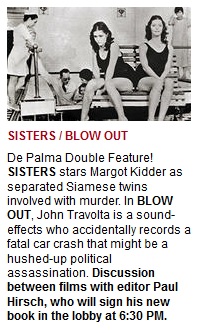 Paul Hirsch will attend a De Palma double feature this Friday (December 6th) at Los Angeles' Egyptian Theatre. Before the first film, at 6:30pm, Hirsch will be signing copies of his new book in the lobby. Then at 7:30pm, Sisters will screen. Hirsch will take part in a discussion in between that film and Blow Out, the latter of which closes out the event.
Paul Hirsch will attend a De Palma double feature this Friday (December 6th) at Los Angeles' Egyptian Theatre. Before the first film, at 6:30pm, Hirsch will be signing copies of his new book in the lobby. Then at 7:30pm, Sisters will screen. Hirsch will take part in a discussion in between that film and Blow Out, the latter of which closes out the event.

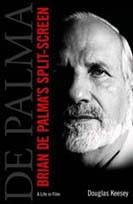
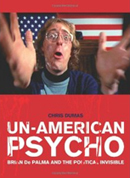

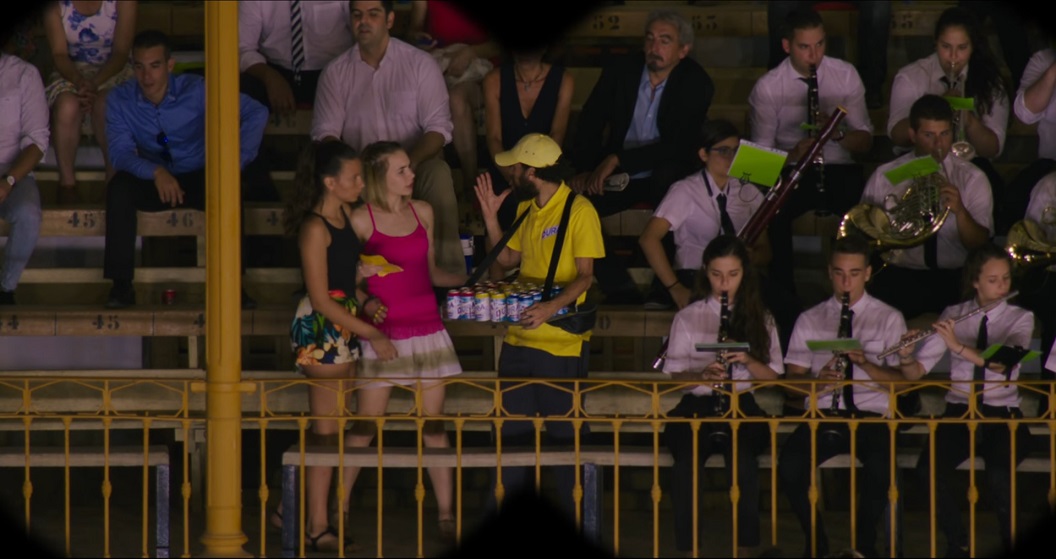

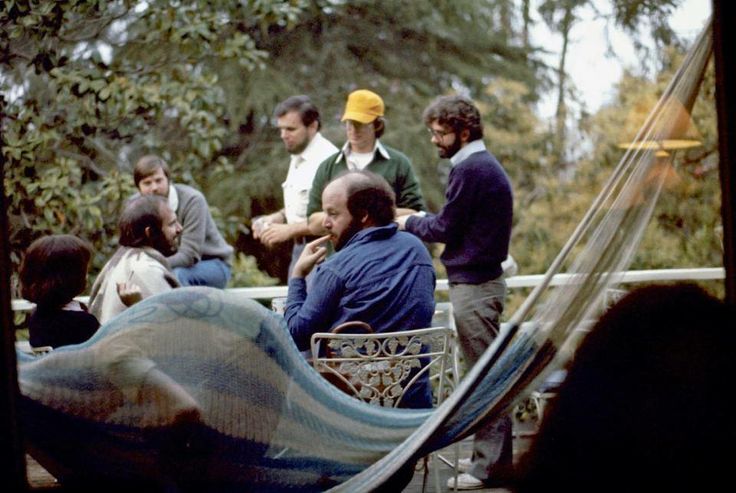
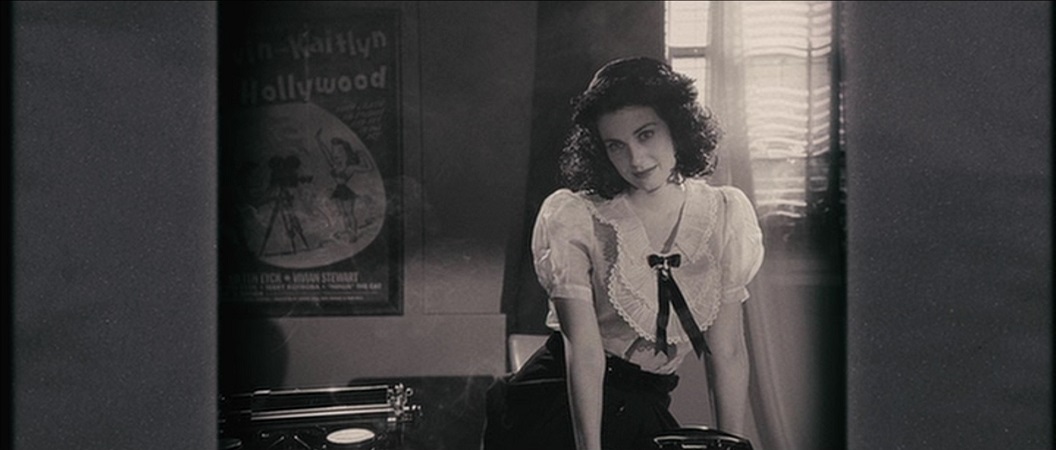
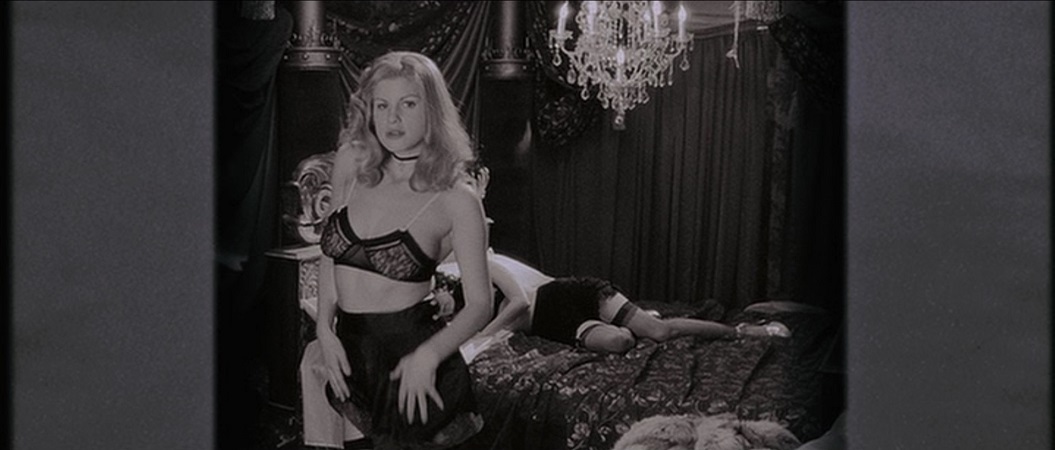
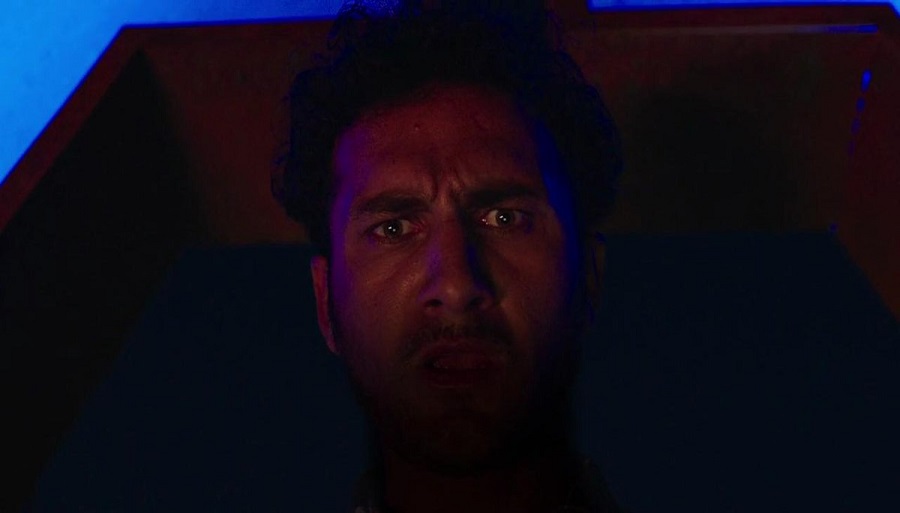
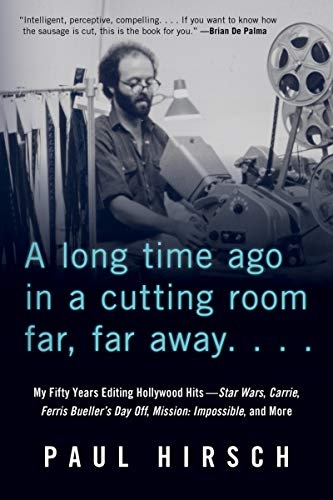 "Paul Hirsch, a master of his craft," Brian De Palma begins in his endorsement of Hirsch's new book, "has written an intelligent, perceptive, compelling memoir of his editing life, from the late '60s through today. From the heights of Star Wars to the depths of Pluto Nash, if you want to know how the sausage is cut, this is the book for you. I should know, I was with him in the beginning and through our misadventure to Mars. Congratulations, Paul, for remembering all the things we forgot."
"Paul Hirsch, a master of his craft," Brian De Palma begins in his endorsement of Hirsch's new book, "has written an intelligent, perceptive, compelling memoir of his editing life, from the late '60s through today. From the heights of Star Wars to the depths of Pluto Nash, if you want to know how the sausage is cut, this is the book for you. I should know, I was with him in the beginning and through our misadventure to Mars. Congratulations, Paul, for remembering all the things we forgot."